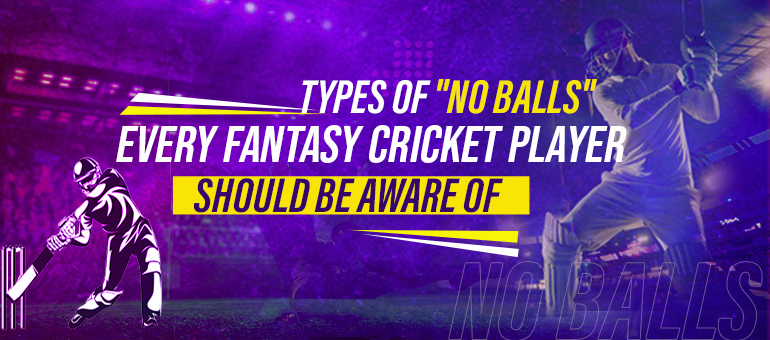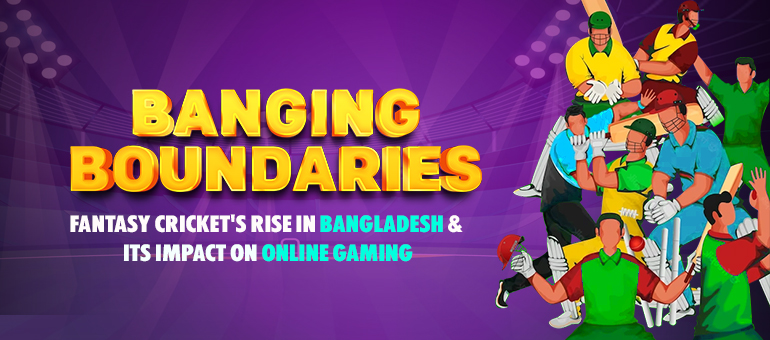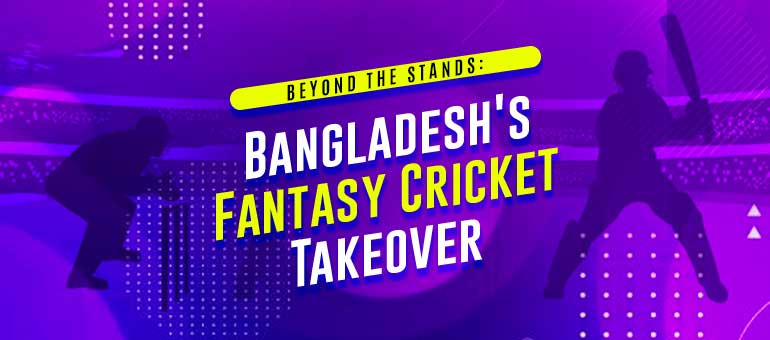
Types of “No Balls” Every Fantasy Cricket Player Should be Aware of
If you are a regular player of fantasy cricket in Bangladesh, then it’s crucial for you to comprehend the no ball regulations. A no-ball is issued when a bowler steps outside of the bowling line or whenever the ball is bowled too high for the batsman to strike. To put it in simple way, a no-ball is a bowler’s delivery that does not comply with the game’s rules. Cricket has a complicated system of regulations that are primarily intended to ensure that the game is played fairly. In cricket, there are 15 different varieties of no balls. Apart from the bowler going over the popping crease, there are several other criteria through which a fielding team can be found to have bowled a No ball.
So let’s get started on studying the various kinds of no-balls in cricket right away.
Front Foot “No Ball”
Front foot no ball deliveries are the most prevalent illegal delivery style. When the ball leaves the bowler’s hand, some portion of their front foot must be behind the popping crease in order for the delivery to be deemed lawful. It is acceptable if a bowler’s foot first touches the line behind it before sliding over it because the no ball signal and call can only be made when the foot actually touches the ground. Only if there is a portion of the foot behind the popping crease, then only the delivery would be seen as a fair delivery.
Back Foot “No Ball”
When a bowler’s trailing foot crosses the return crease as the ball is being released, the umpire flags a backfoot no ball. Both of the lines next to the wicket are referred to as the return crease. They delineate the specific area where a bowler must send the ball and are positioned at right angles to the bowling and popping creases. According to Law 21.5 of the Marylebone Cricket Club (MCC), the bowler’s back foot must fall inside and not touch the return crease relevant to his or her stated style of delivery, which is behind the popping crease.
Bounce or “No Ball”
This is an additional type of “no ball” that every players can witness throughout a cricket match. In cricket, throwing a bouncer or a short-pitched delivery is a typical tactic for getting a batsman out. However, there are situations when the ball simply bounces a little too much and clears the batsman’s head. During this kind of situation, the bowler’s ball is regarded as a No Ball.
“No Balls” Based on Heights
As part of cricket’s efforts to reduce risky play, a no ball is now declared if a full toss is thrown beyond waist level. In order for the bowling to be declared a no ball, the bowling should be always above waist height when it would reach the batsman in their usual stance. One run will be added to the batting total and the bowler will have to try again if it is found that a no ball was sent down.
No-Ball for Bowling in Underarm
The delivery of the ball with an underarm bowl was more common in earlier cricket matches, but it is now against the rules. This is yet another recently enacted legislation that was implemented to protect fair play in the wake of a notorious incident during an international one-day game between Australia and New Zealand. No matter how many times the ball bounces before reaching the batsman, if a bowler delivers underarm, the umpire must call and indicate no ball.
Conclusion
You might have been wondering why there have been so many no balls called if you’ve been watching the sport or have been engaged in fantasy online games in Bangladesh. There are a variety of deliveries that the umpire can flag as a no ball, and the above mentioned are some of them. There are different varieties of no balls, some of which are extremely common and others of which are rather uncommon.
Read More:
1. Weird Cricket Rules Every Fantasy Cricket Player has to Follow
2. 5 Ugly Fantasy Cricket Clashes Witnesses in the History of Cricket
3. Fantasy Cricket Players and Their Unique Ways of Celebration




